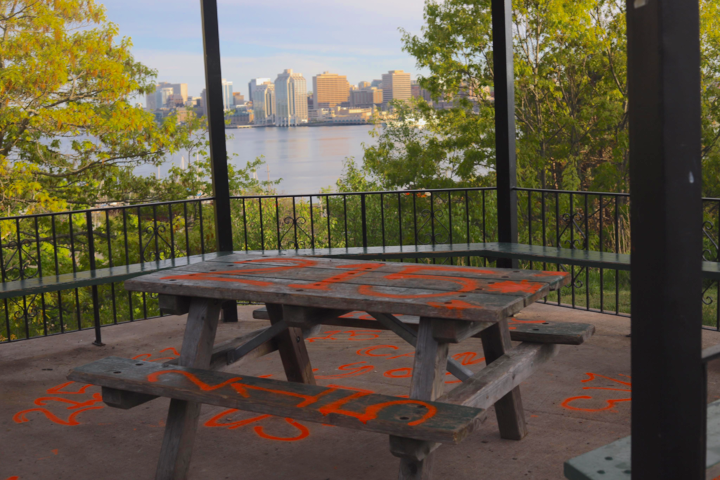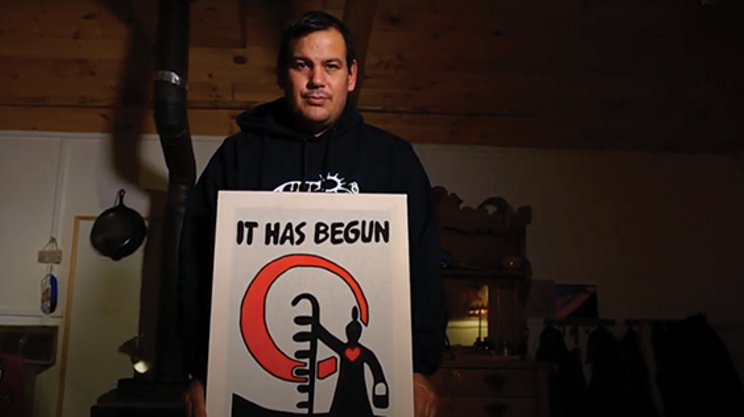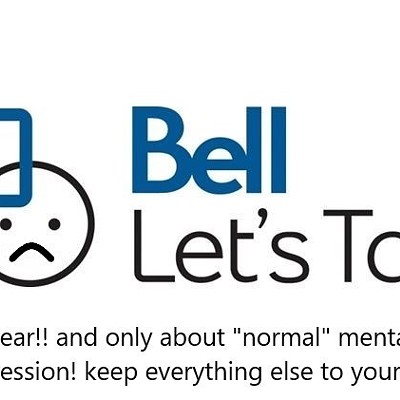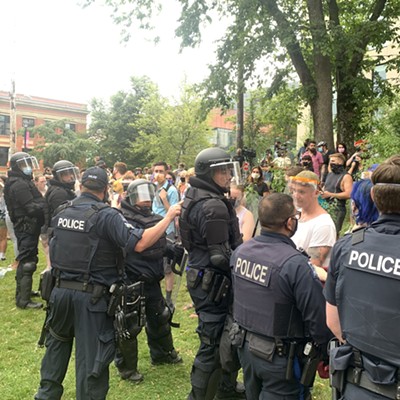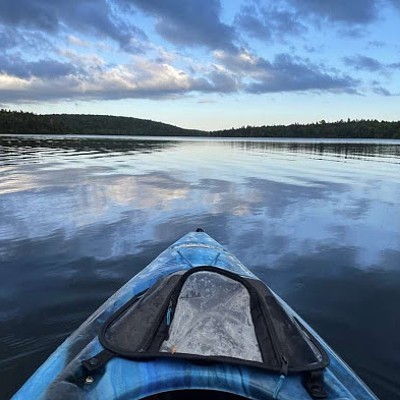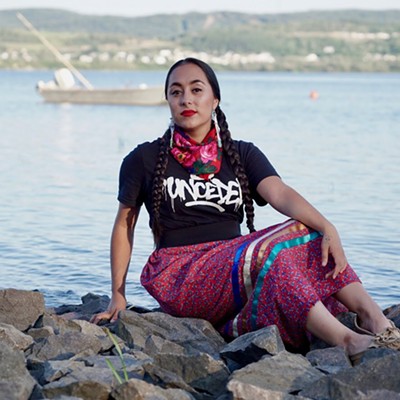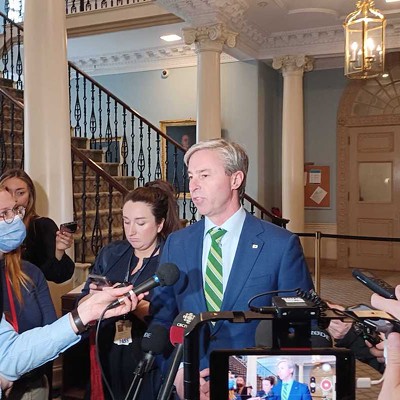Although the Shubenacadie school closed in 1967, and the last formal residential school closed in 1996, their legacies still live with us until this day. That much was evident when news broke of the unmarked graves in Kamloops. Indigenous people from all across Turtle Island immediately started the mourning process, grieving as one nation. Many of us voiced our anger, our frustration and our grief online, as well as with our friends and families in person.
I felt the pain of other Indigenous people—hearing them pour their heart and their feelings out on social media. I did the same, expressing what the discovery meant to me, which was a difficult process but much needed. Hearing the stories from Survivors and their descendants, all unique stories with a similarity, I was at a loss at what to do next. I was at a loss at what Canadians did next. After our flags are brought to half-mast and our orange shirts have been worn, where do we go now?“After our flags are brought to half-mast and our orange shirts have been worn, where do we go now?”
tweet this
My first and foremost concern was for the Survivors and the victims. They suffered this reality; they are the legacy. Since the discovery in Kamloops, Indigenous people have called for inquiries into each and every school, for all grounds associated with these institutions to be searched. We know what needs to be done. Online, there were a lot of settlers asking how they can help, how they could make a difference. Many non-Native folks also felt at a loss for what to do next.
So, what do we do next? How can we work together to keep the momentum going and keep this conversation in the mainstream after the flags return to full mast and the media moves onto the next big news? We all may just be one voice, but we are a voice that can enact change. Here in Nova Scotia, there are calls to do a thorough search of the former grounds of the residential school. Thankfully, Sipeneka’tik First Nation will be spearheading that search with Saint Mary’s University. That is the first step of many that need to be done to work towards true reconciliation.
The next steps are becoming clear, as well. Residents of Nova Scotia and of Canada need to call upon their local member of parliament to uphold treaties, to fulfill their commitment to clean drinking water on each and every reservation, to reform the Child Protective Service that continues to remove Indigenous children from their families, and to uphold the Truth & Reconciliation Final Report Calls to Action. Canadians must call upon our government to stop the continued legal actions taken against Residential School Survivors. Since 2015 when it was released, 85 of the 94 Calls to Action brought forth by the Truth & Reconciliation Commission have not been completed. This sort of allyship is vital as it is the basis of reconciliation.
An easy way the average person can uphold reconciliation is to start important conversations at home with your children and parents, your friends and coworkers, and your extended families. Children are not too young to learn about the Residential Schools as there are age-appropriate resources available. Self-education is also an important aspect of reconciliation, and anyone can start by reading the Final Report or the Calls to Action from the Truth and Reconciliation Commission. All of these little actions keep the momentum going beyond the lowered flags and orange shirts.
My hope for our next steps includes shifting the narrative within Canada away from being “a dark period in our history,” and towards acknowledging that these atrocities happened and continue to happen in different forms. It’s on each and every settler to acknowledge the historical, current and future relations with Indigenous peoples in Canada, so we can all move forward together.Do you as a settler feel overwhelmed by the recent news?
— Bryson The Gaytive (@ArnallLabrador) May 30, 2021
Do you feel that you are only one person and cannot change the world?
You can change the world. It all starts with you.
You can do these simple steps to change our country:
Schools should never have graveyards, but it’s likely more will be discovered if residential school grounds continue to be searched. It’s important that we mourn these 215 children who never got to grow up and all the other children who never came home. They are the legacy.
Editor's Note: This piece originally indicated that a single mass grave was found at Kamloops, but has been changed to reflect that Chief Roseanne Casimir told local media it was a series of unmarked graves.
If you’re struggling with this story or the recent news, the National Indian Residential School Crisis line at 1-866-925-4419 is available 24/7. The IRSSS (Indian Residential Schools Survivors Society) can also be contacted toll-free at 1-800-721-0066.

